Despite its natural beauty, the western peninsular area of Kalpitiya in the Puttalam district of Sri Lanka is remarkably untouched by tourism. But for those lucky enough to visit, there’s a plethora of things to see and do! With the small close-knit fishing community dominating the lives of the local people, visitors can get a real insight into working life away from the city.
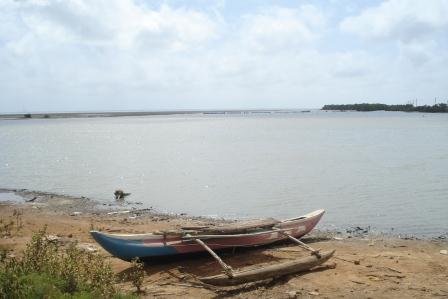
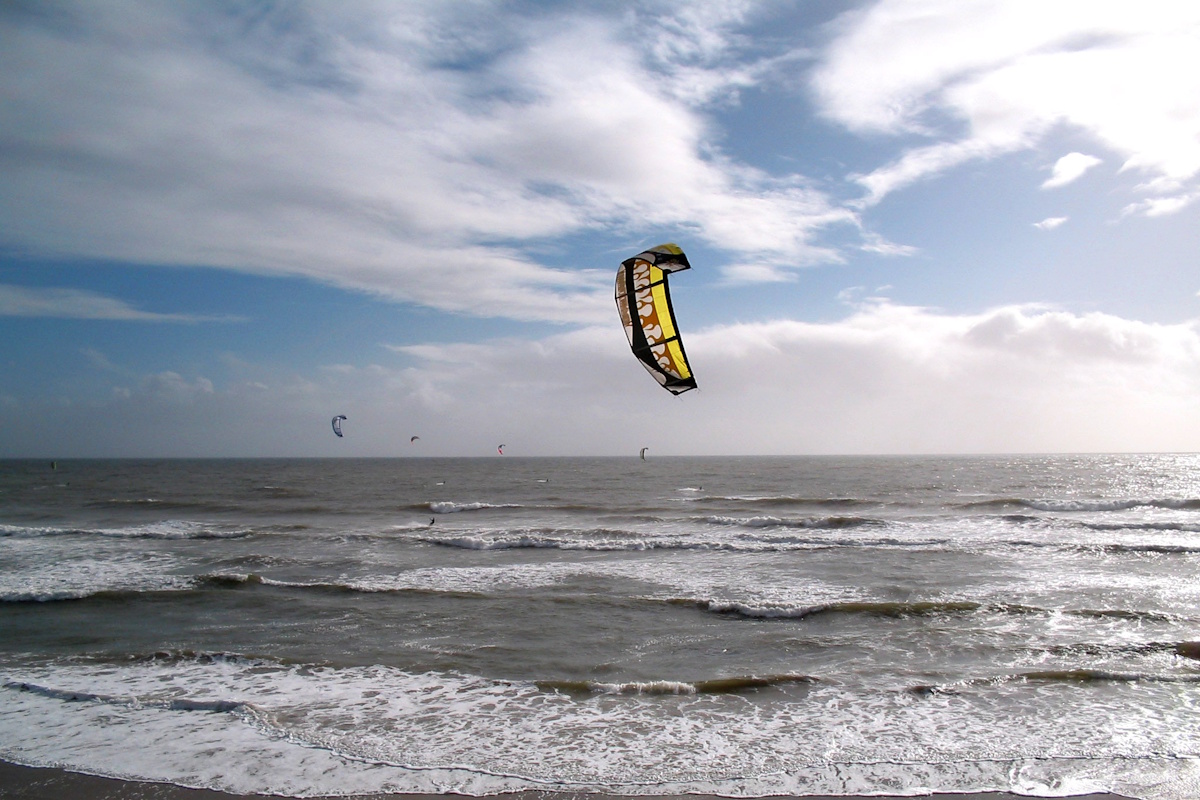
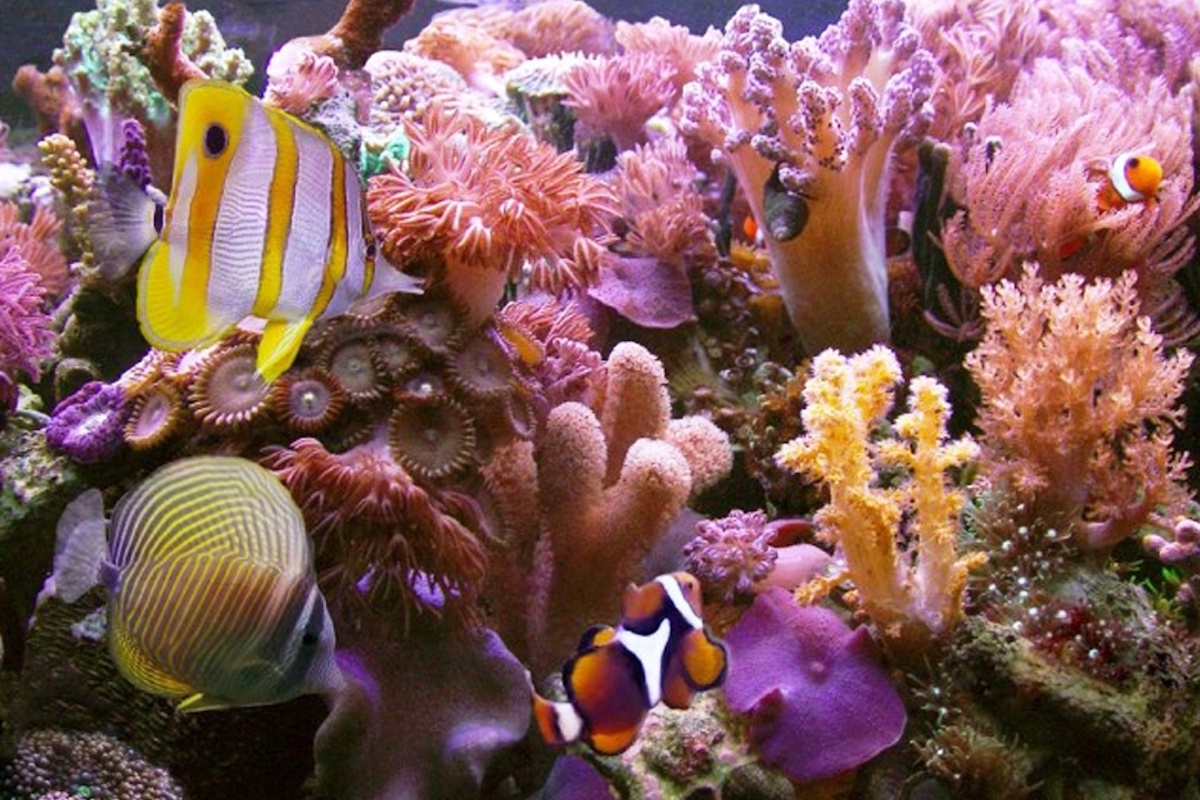
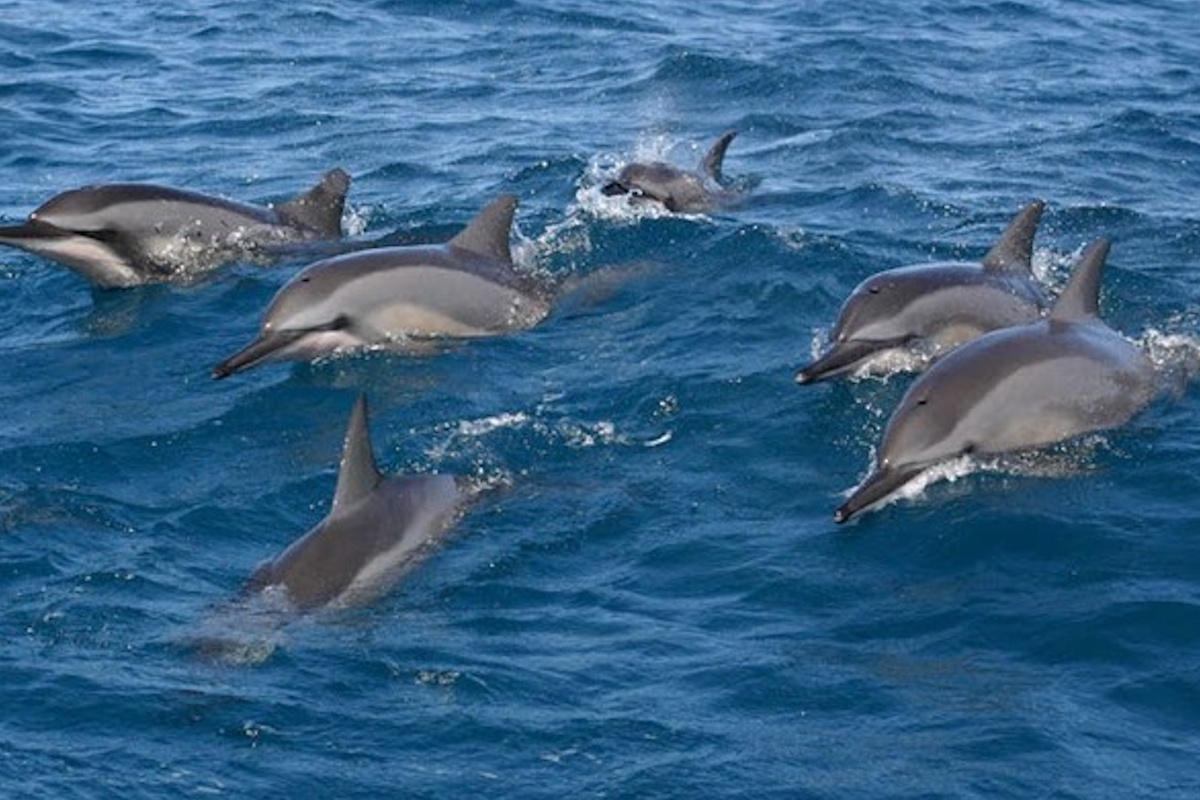
Kalpitiya, located on the northwestern coast of Sri Lanka, is a coastal gem with a rich and layered past shaped by colonial ambition, maritime trade, and indigenous life.
Early Roots:
Historically known as Kalputti in Tamil and Kalthota in Sinhala, Kalpitiya was once a bustling trading post for Arab merchants due to its strategic location by the Puttalam Lagoon and Indian Ocean.
Colonial Footprint:
The Portuguese arrived in the 16th century, building a fort and using Kalpitiya as a base to control sea routes and influence the local Muslim community. The Dutch later expelled the Portuguese in the 17th century and built the Kalpitiya Fort in 1667, which remains a striking remnant of their presence. Eventually, the British took control, integrating Kalpitiya into the broader colonial framework of Ceylon.
Cultural Mosaic:
Over time, Kalpitiya evolved into a multi-ethnic town, home to Sinhalese, Tamils, Moors, and Catholic fishing communities. This diversity is reflected in its religious sites, local traditions, and culinary influences.
Kalpitiya’s rise as a travel hotspot is rooted in its natural wonders, marine attractions, and off-the-beaten-path appeal.
Kitesurfing Capital:
Kalpitiya gained global attention in the late 2000s as a world-class kitesurfing destination, thanks to its steady wind conditions, flat-water lagoons, and open sea access. The Kalpitiya Lagoon, with ideal wind speeds from May to October, attracts kitesurfers from around the world.
Marine Biodiversity:
The surrounding waters of Kalpitiya host dolphin and whale populations, especially spinner dolphins. Whale-watching and dolphin safaris became highly sought-after between November and April, bringing eco-conscious tourists to the region.
Lagoon and Reef Exploration:
The Bar Reef Marine Sanctuary, Sri Lanka’s largest coral reef system, became a key attraction for snorkeling and diving, drawing marine biology enthusiasts and underwater adventurers.
Quiet Escape:
For travelers seeking a peaceful, uncrowded beach experience, Kalpitiya offers a quieter alternative to the south coast, which has made it popular among backpackers, couples, and nature lovers.
Today, Kalpitiya is emerging as one of Sri Lanka’s most promising eco-tourism hubs, celebrated for its pristine beaches, lagoon ecology, and marine biodiversity.
Fisheries and Livelihoods:
The local economy revolves around fishing, coconut cultivation, and salt farming. Traditional lifestyles are still prevalent, offering visitors a raw and authentic coastal experience.
Sustainable Tourism Push:
With careful planning, Kalpitiya is being developed as a low-impact, high-value tourism destination. Resorts, eco-lodges, and homestays are designed to blend into the natural surroundings, promoting sustainability and local involvement.
Community-Based Tourism:
Locals increasingly participate in guiding, boat tours, and craft markets, turning tourism into a community empowerment tool while preserving the region’s charm.
Kalpitiya sits on a narrow peninsula between the Puttalam Lagoon and the Indian Ocean, surrounded by islets, mangroves, and coral reefs.
Geography:
The landscape is a mix of beaches, salt flats, sand dunes, and coastal wetlands, creating a haven for both water sports and wildlife observation. The area includes 14 small islands, many of which are accessible by boat.
Climate:
Kalpitiya enjoys a dry and sunny climate for most of the year, with average temperatures between 27°C to 33°C. The best season for kite surfing is from May to October, while marine wildlife viewing peaks from November to April.
Kalpitiya Lagoon
A massive shallow water body perfect for kitesurfing, kayaking, and paddleboarding. The lagoon is surrounded by coconut palms and dunes, creating a scenic adventure backdrop.
Dolphin and Whale Watching
Go on boat safaris to witness hundreds of spinner dolphins leaping beside boats, and occasional sightings of sperm whales and blue whales, especially during the dry northeast monsoon season.
Bar Reef Marine Sanctuary
Located about 30 minutes offshore, Bar Reef is the largest coral reef system in Sri Lanka, rich with marine life, including reef sharks, rays, and colorful fish. Perfect for snorkeling and scuba diving.
Kalpitiya Fort
A well-preserved Dutch fort that once played a key role in colonial maritime trade. The fort’s simple, robust design reflects Dutch military architecture and is surrounded by a sleepy fishing village.
Alankuda Beach
A secluded stretch of beach lined with eco-resorts and palm trees. It’s an ideal location for swimming, sunsets, and relaxing in hammocks under the stars.
Mangrove and Bird-Watching Tours
Explore mangrove forests by canoe, spotting kingfishers, egrets, herons, and even sea eagles. The Puttalam Lagoon is a rich birding habitat.
St. Anne’s Church, Talawila
One of the oldest Catholic churches in Sri Lanka, St. Anne’s is a pilgrimage site, especially during the July and August feasts that attract thousands of devotees.
Kudawa Beach
A wind-swept beach that is home to kitesurfing schools and beachfront cafes. The laid-back vibe and soft sand make it a favorite among international travelers.
Island Hopping Tours
Boat excursions to islets like Vellai Island and Dutch Bay Island offer a mix of snorkeling, bird-watching, and cultural encounters with fishing communities.
Salt Pans of Puttalam
A striking sight where salt is harvested in shimmering white fields. It’s a unique photography stop and a chance to witness an age-old coastal industry.
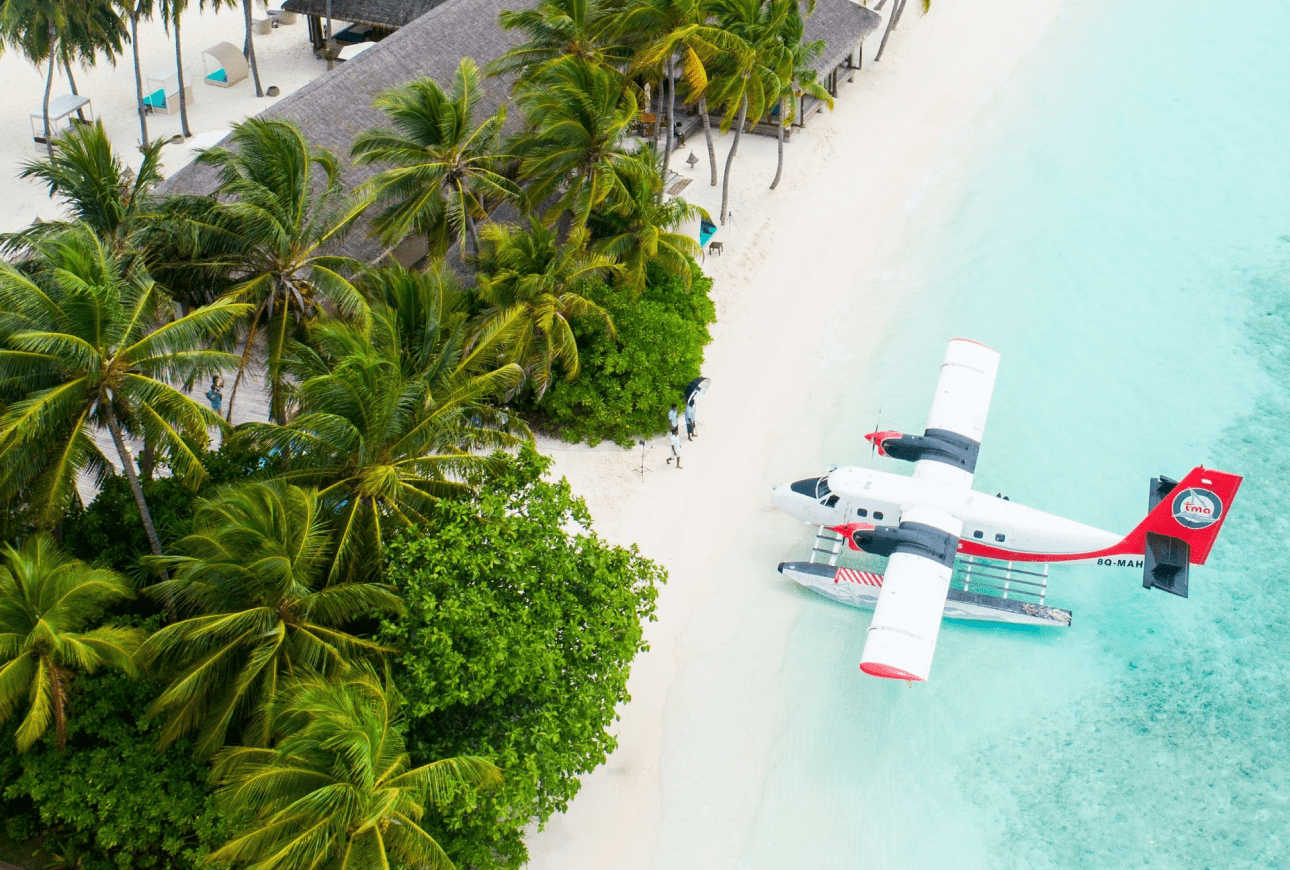
Subscribe to see secret deals prices drop the moment you sign up!